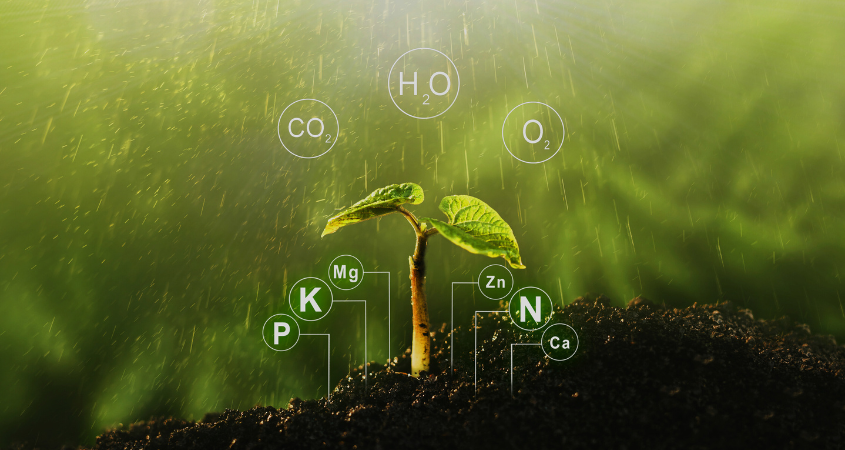
Even when fertilizers are applied, plants don’t always get the nutrients they need. Nutrient availability depends on several soil and environmental factors, and optimizing these factors can significantly boost plant uptake and improve crop performance. 1️⃣ Nitrogen (N) Apply nitrogen in split doses to reduce leaching losses, especially in sandy soils. Organic matter additions improves […]
Read More
Cation Exchange Capacity (CEC) is a fundamental soil property that influences how well soils retain and supply essential nutrients to crops. Knowing and managing your soil’s CEC enables growers to reduce fertilizer waste, optimize input costs, and improve long-term soil health. 1️⃣ What is CEC? CEC measures the soil’s ability to hold and exchange positively […]
Read More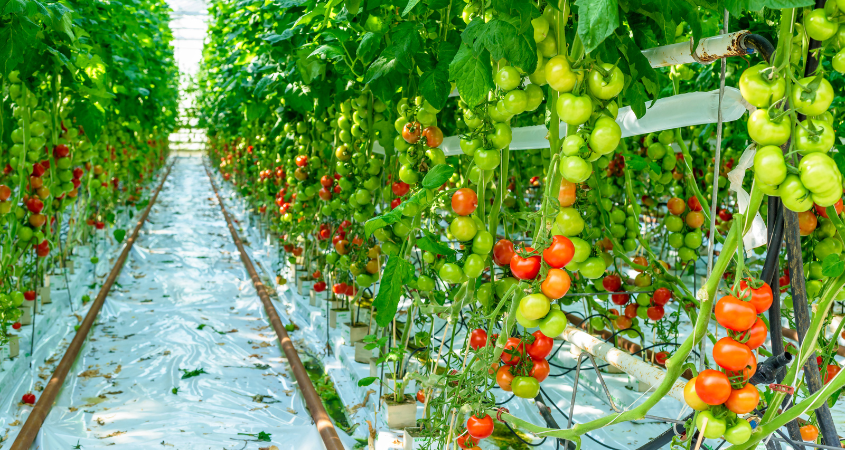
Soil testing provides farmers and agronomists with essential insights into the nutrient status of their soil, enabling them to address deficiencies before they impact crop health and yields. Let’s explore the critical role soil testing plays in remedying plant nutrition deficiencies and optimizing crop yield: 1️⃣ Accurate Diagnosis of Nutrient Deficiencies Visual symptoms of nutrient […]
Read More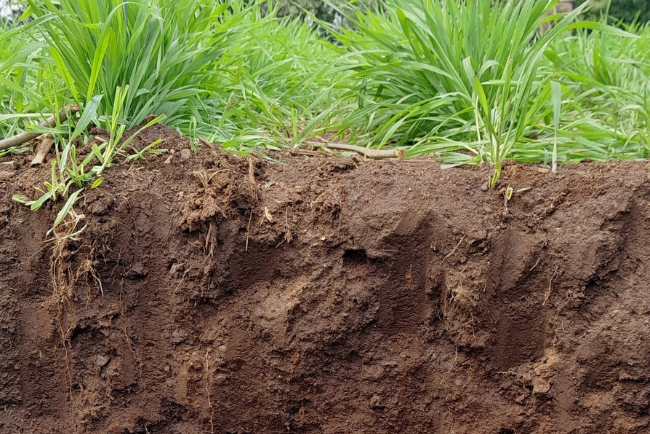
Petrichor is the refreshing, earthy scent that fills the air when rain or water touches the ground after a dry spell. This unique fragrance is caused by the release of compounds such as geosmin, produced by soil-dwelling bacteria, and oils secreted by plants. The term “petrichor” comes from the Greek words petra (stone) and ichor […]
Read More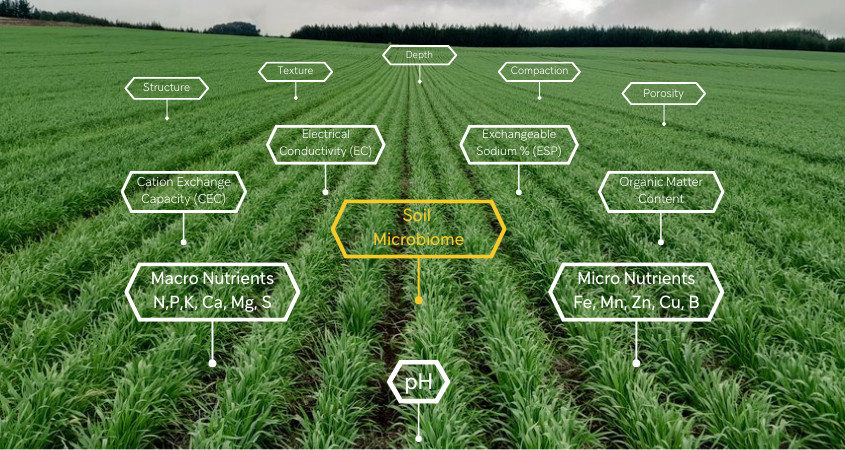
Traditional soil health assessments often focus on a narrow set of physical and chemical indicators, such as soil texture, pH levels, and nutrient content. While these parameters are important, they provide only a partial view of soil health, often neglecting the critical role of biological factors in maintaining soil vitality. The Cropnuts Soil Health Care […]
Read More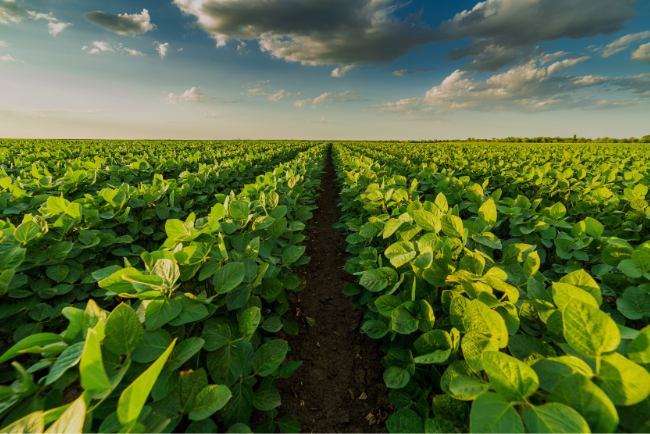
Healthy soils are the foundation of a resilient, high-yielding, and sustainable farming system. But did you know that soil health also plays a critical role in crop protection? A thriving soil ecosystem not only supports plant growth but also creates natural defences against pests and diseases—significantly reducing the need for chemical inputs. Here’s why soil […]
Read More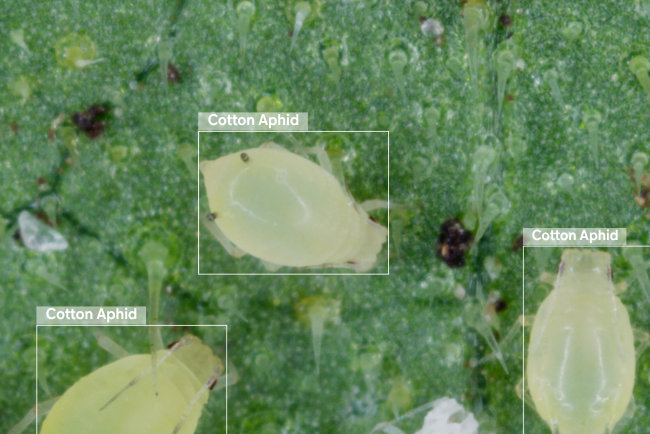
Integrated Pest Management (IPM) is a holistic approach to crop protection that combines various strategies to control pests while minimising environmental impact and economic costs. IPM uses a combination of biological, cultural, mechanical, and chemical methods, emphasising prevention and monitoring to manage pest populations sustainably. Here’s how IPM works: 1️⃣ Ecosystem-Based Approach IPM starts with […]
Read More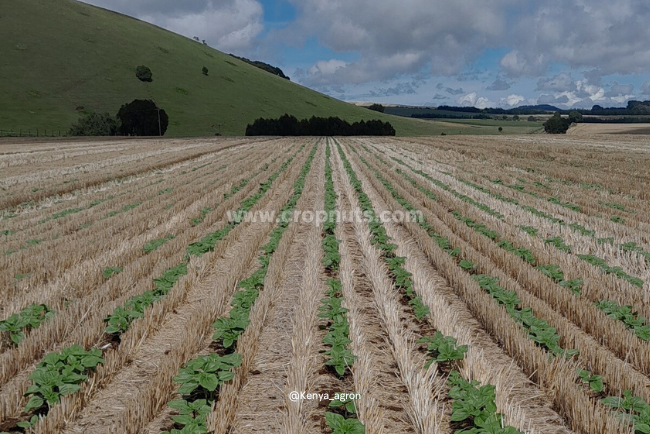
When soil testing and leaf testing are combined, they create a powerful synergy effect that significantly improves nutrient management, crop productivity, and overall farm sustainability. This combination leads to a series of outcomes that build upon one another, from accurate nutrient diagnosis to long-term soil health, ultimately supporting food security. Here are some of the […]
Read More
Precision farming, also known as precision agriculture, is an agricultural management approach that leverages data-driven technologies like GPS-guided equipment, satellite imagery, and data analytics to optimise crop production through precise input applications. Instead of a “one-size-fits-all” approach, farmers and agronomists can tailor inputs like lime, fertilisers, and pesticides to match the specific needs of each […]
Read More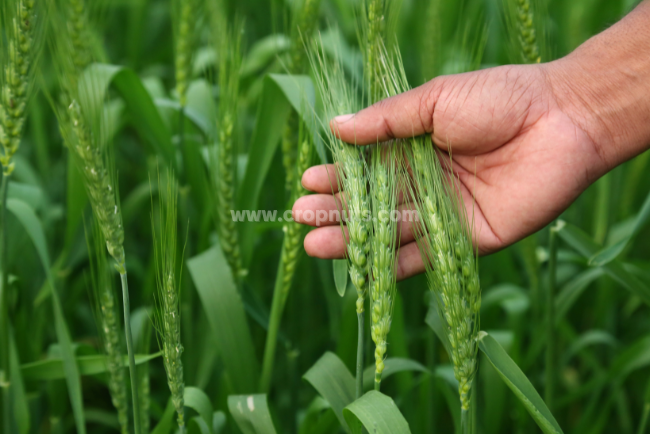
Manganese (Mn) is a crucial micronutrient in plant nutrition. Despite being required in smaller quantities, manganese plays a significant role in plant growth and yield. Let’s explore why manganese is vital for plants and how to manage it effectively for optimal crop productivity: 1️⃣ Role of Manganese in Plants Manganese activates important enzymes involved in […]
Read More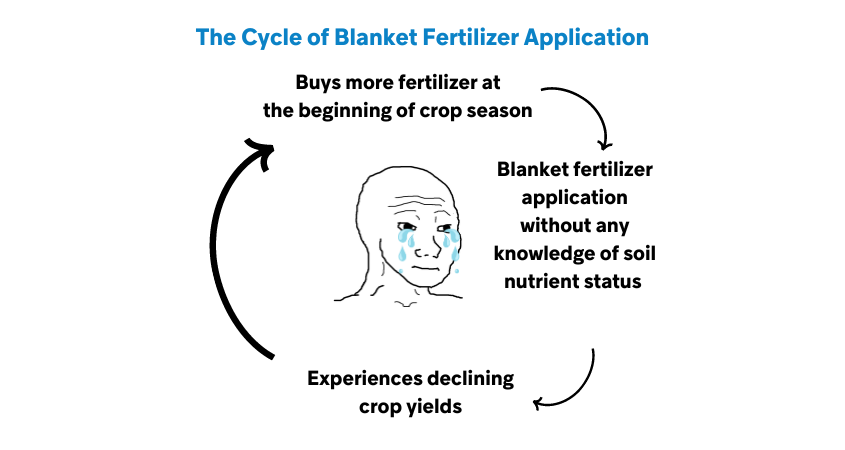
1️⃣ Farmer buys more fertilizer at the beginning of the crop season At this stage the farmer is purchasing fertilizers without assessing the soil’s nutrient needs, potentially leading to over-application or inappropriate use of fertilizers. 2️⃣ Farmer makes blanket fertilizer application without any knowledge of soil nutrient status In this stage, the farmer applies fertilizers […]
Read More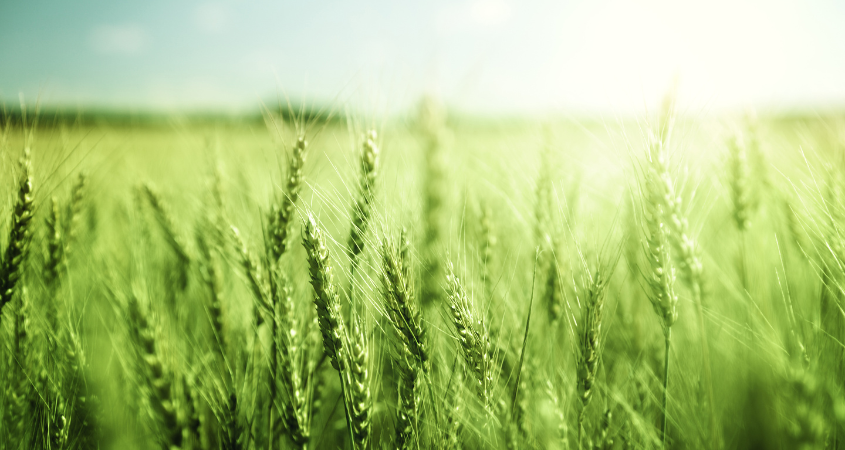
Copper (Cu) is a vital micronutrient that plays a crucial role in plant growth and development. Although required in trace amounts, copper has a significant impact on crop health and productivity. Let’s explore the importance of copper in plant nutrition and how to manage it effectively to ensure optimal crop performance: 1️⃣ Role of Copper […]
Read More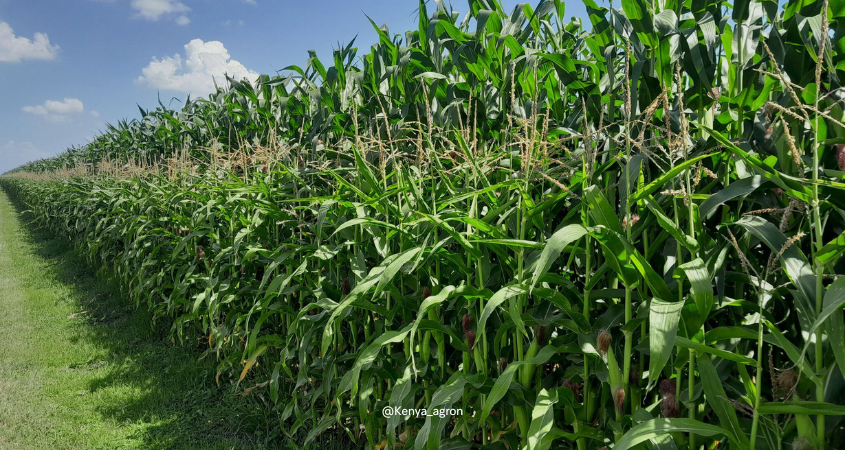
Zinc (Zn) is a vital micronutrient that plays a crucial role in plant growth and development. Although required in small amounts, zinc is essential for many physiological functions in plants and significantly impacts both crop yield and quality. Let’s explore the importance of zinc in plant nutrition and how to manage it effectively for optimal […]
Read More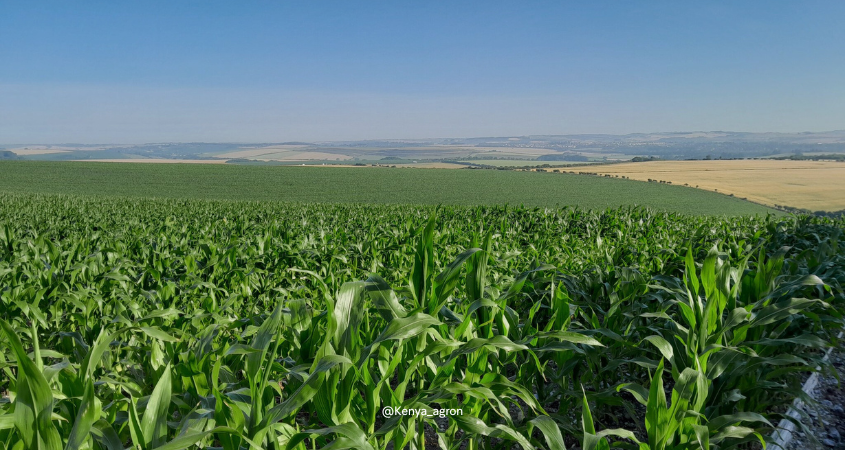
Soil health is the foundation of productive agriculture, and the strategic addition of lime and organic matter can significantly improve soil fertility and structure. Let’s explore how these two critical amendments work together to enhance soil health and support sustainable farming practices. 1️⃣ Impact of Lime on Soil Health Lime is commonly used to correct […]
Read More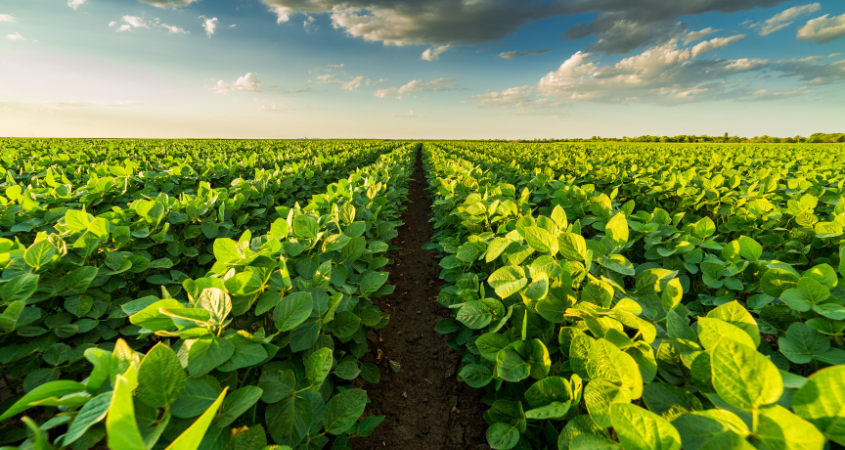
Iron (Fe) is a crucial micronutrient that is essential for plant health, playing a pivotal role in photosynthesis and as a catalyst for various biochemical processes. Despite its trace requirement, iron’s impact on plant health and productivity is significant. Let’s dive into why iron is crucial for plants and how to ensure its optimal availability […]
Read More
As we confront the pressing challenge of climate change, understanding the pivotal role of soil organic matter (SOM) is crucial. Let’s explore how enhancing SOM can serve as a powerful tool in our efforts to mitigate the impacts of climate change: 1️⃣ Carbon Sequestration Soil is one of the largest carbon sinks on the planet. […]
Read More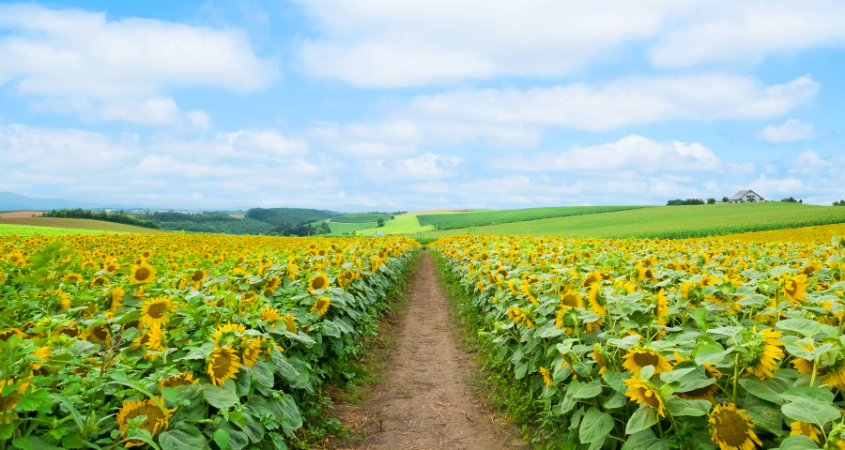
Boron (B) is an essential micronutrient that plays a critical role in plant growth and development. Despite being required in small quantities, boron significantly impacts crop yield and quality. Let’s explore the importance of boron in plant nutrition and how to manage it effectively for optimal crop production: 1️⃣ Role of Boron in Plants Boron […]
Read More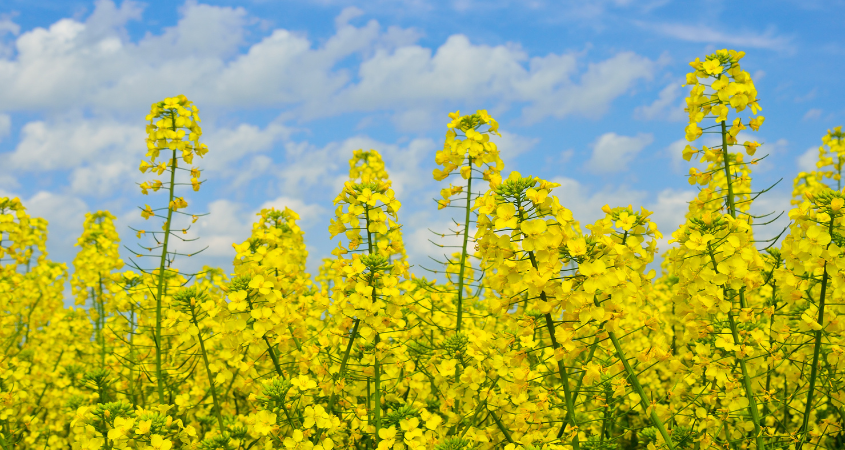
Sulfur (S) is a vital nutrient that plays a crucial role in plant growth and development. A secondary macronutrient, sulfur is indispensable for various physiological processes in plants. Let’s explore the importance of sulfur in plant nutrition and how it contributes to robust crop growth: 1️⃣ Role of Sulfur in Plants Sulfur is a key […]
Read More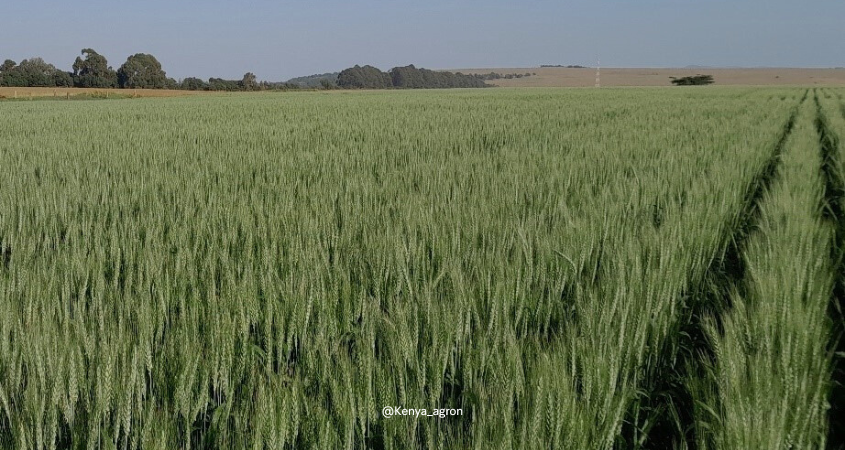
Think Agronomy Newsletter – July 2024 Having recently completed an exercise comparing wheat production costs and gross margins on clients’ farms, it is clear that there are a lot of improvements we can make by learning from each other. Variable costs alone have risen by around 65% in the past five years so it is […]
Read More
Magnesium (Mg) is a vital nutrient that plays a crucial role in plant health and productivity. Magnesium is a secondary macronutrient indispensable for various physiological processes in plants. Let’s explore the significance of magnesium in plant nutrition and how it contributes to robust crop growth: 1️⃣ Role of Magnesium in Plants Magnesium is a central […]
Read More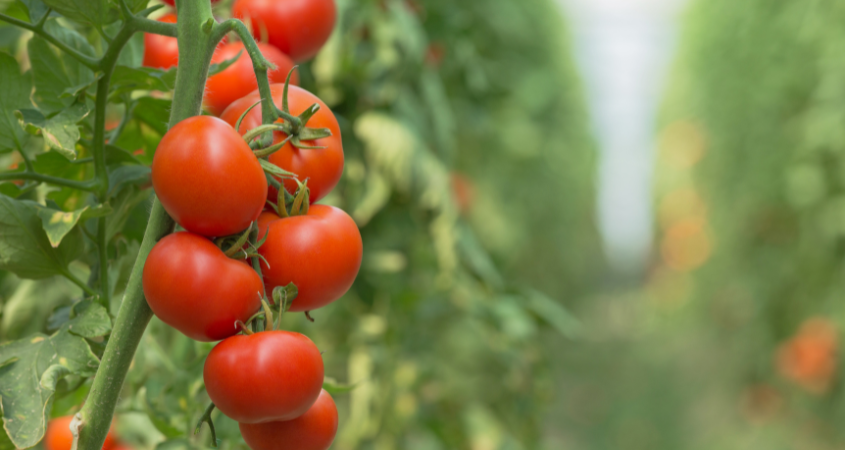
Tomatoes are one of the most beloved crops, and to ensure a bountiful harvest of juicy and flavorful tomatoes, a well-tailored fertilizer program is essential. Let’s explore a comprehensive fertilizer program to optimize your tomato crop’s growth and yield: 1️⃣ Pre-Planting Stage Begin with a thorough soil and water test to assess the nutrient status […]
Read More
Think Agronomy Newsletter – May 2024 With good rain around there is a lot of potential in maize crops, so pushing them to reach their potential makes a lot of sense. Topdressing is one of those inputs that can really make a big difference to yields, with the addition of nitrogen raising yields by another […]
Read More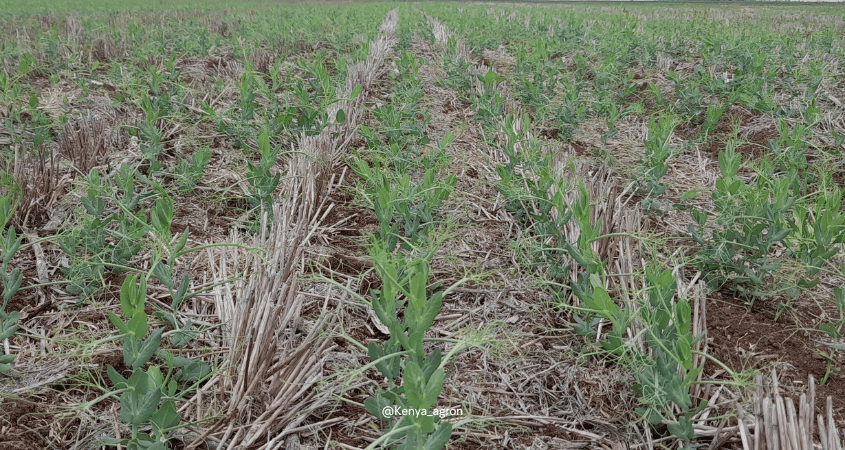
The farming practices required to put regenerative agriculture principles into practice will vary depending on local conditions and needs. However, in all cases, they must: 1️⃣ Reduce soil disturbance by minimizing mechanical tillage to maintain soil organic matter, soil structure, and overall soil health 2️⃣ Improve and maintain a protective organic cover on the soil […]
Read More
A compound fertilizer is a type of fertilizer that contains two or more essential plant nutrients in each granule or particle. Unlike single-nutrient fertilizers (e.g. urea), compound fertilizers are formulated to provide a balanced mixture of nutrients to support plant growth and development. Here are key characteristics and aspects of compound fertilizers: 1️⃣ Nutrient Composition […]
Read More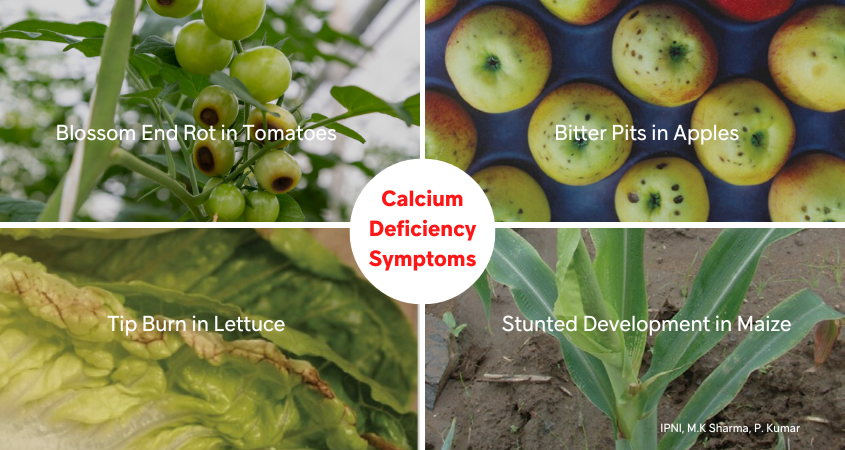
Calcium (Ca) is a vital nutrient essential for robust plant growth and development, yet often overlooked compared to nitrogen, phosphorus, and potassium. In today’s discussion, we will explore the critical role of calcium in plant physiology and its importance for achieving healthy crops and higher yields. 1️⃣ Calcium Role in Plants Calcium is a primary […]
Read More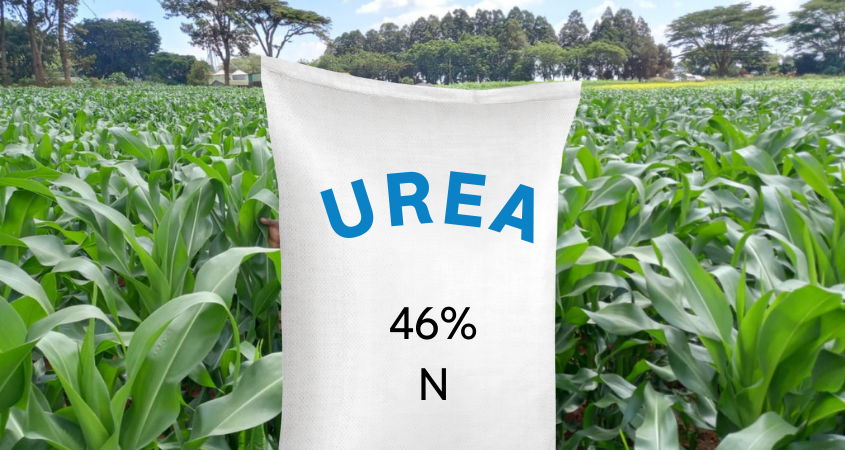
Did you know that urea is one of the most widely used nitrogen fertilizers globally? Let’s explore why urea is essential for optimizing crop nutrition and boosting agricultural productivity: 1️⃣ Production Process Urea fertilizer is produced through a controlled reaction of ammonia gas (NH3) and carbon dioxide (CO2) under specific temperature and pressure conditions. The […]
Read More
Think Agronomy Newsletter – April 2024 Since its arrival in 2017, Fall Armyworm has for some been a recurring challenge. For others, much less of a problem. I have been slightly surprised this season by the higher levels of damage early on in crops than I have seen in recent years, but these are not […]
Read More
Plant nutrition is a complex interplay of essential elements, including both macronutrients and micronutrients. While macronutrients like nitrogen, phosphorus, and potassium are often in the spotlight, micronutrients such as zinc, iron, manganese, copper, molybdenum, and boron are equally crucial for healthy plant growth. However, several misconceptions surround the importance and application of these micronutrients. Let’s […]
Read More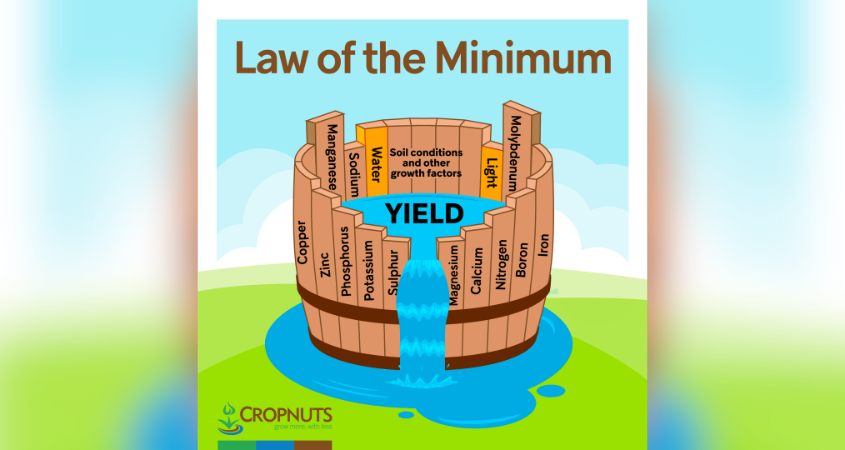
The Law of the Minimum, proposed by German scientist Justus von Liebig in the mid-19th century, is a principle in crop agriculture that states that plant growth is limited by the nutrient in shortest supply relative to the plant’s needs, even if all other essential nutrients are abundant. In simpler terms, it suggests that the […]
Read More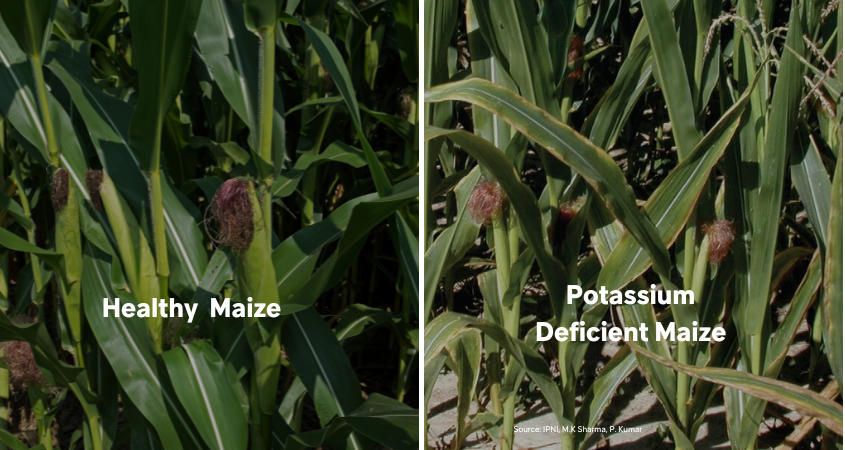
Potassium (K) is an essential nutrient that plays a pivotal role in plant growth, development, and overall health. Today, let’s unravel the world of potassium, as we explore its significance in agriculture and its profound impact on crop productivity. 1️⃣ The Role of Potassium in Plant Physiology Potassium is involved in numerous physiological processes within […]
Read More
Phosphorus (P) is an essential macronutrient, vital for promoting healthy root development, early shoot growth, and seed formation processes. Let’s explore the dynamic relationship between phosphorus and crop performance, highlighting its significance in achieving optimal yields and agricultural sustainability. 1️⃣ Forms of Phosphorus in the Soil Phosphorus exists in various forms within the soil, ranging […]
Read More
Nitrogen (N) plays a vital role in enhancing the performance of agronomic crops. It promotes greener growth, optimal tiller production, increased yields, improved grain quality, and better cob and flower formation. Let’s take a deep dive into nitrogen’s critical role, acknowledging the depth of its impact on plant growth and overall agricultural productivity. 1️⃣ Forms […]
Read More
Healthy soils are the bedrock of a thriving farming operation, and their impact on profitability is profound. Embracing improved fertilizer use efficiency and nurturing soil health can yield a multitude of benefits, translating into financial gains for growers. How Do I Profit? 1️⃣ Cost Savings on Fertilizers By cultivating well-balanced, biologically active soils, you can […]
Read More
Fertilizer Use Efficiency (FUE) is a crucial metric in modern agriculture. It measures the proportion of nutrients from fertilizers that actually contribute to plant growth and development. Maximizing FUE is not only economically prudent for growers but also aligns with sustainable agricultural practices. Today, we’ll explore the factors influencing FUE and the strategies for optimizing […]
Read More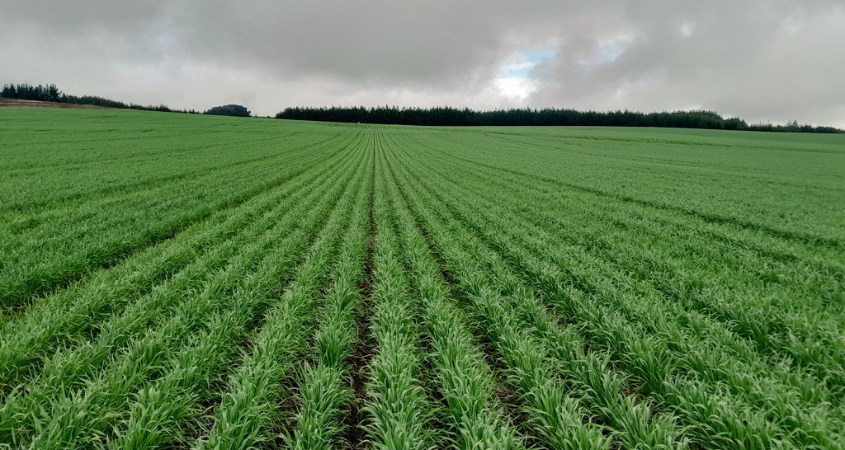
You have chosen your favourite variety, prepared the soil and are ready to plant. Hopefully you have examined the soil structure and taken action to remedy any compaction or structural issues, now you just need to load the planter with seed…. and fertiliser. One of the most important things you can do is take a […]
Read More
Balancing the need for high crop yields with environmental sustainability is a core concern for modern agriculture. Sustainable fertilizer practices aim to maximize crop production while minimizing the negative environmental impact. Here are key points to consider when assessing the environmental impact of fertilizers: 1. Nutrient Runoff Excess nutrients, primarily nitrogen and phosphorus, can leach […]
Read More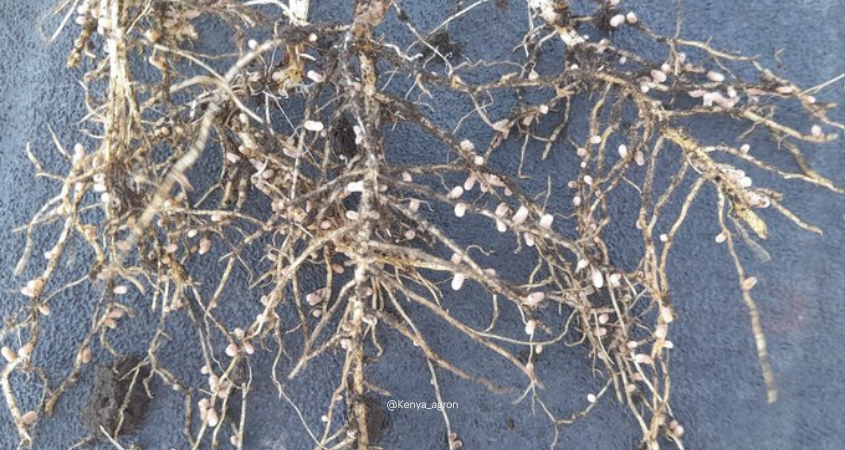
Microbes in the soil form a dynamic community that plays a crucial role in supporting plant growth and maintaining overall soil health. Among these microbes, nitrogen-fixing bacteria and mycorrhizal fungi stand out for their unique contributions. 1️⃣ Nitrogen-Fixing Bacteria Nitrogen is an essential nutrient for plant growth, and a significant portion of the Earth’s atmosphere […]
Read More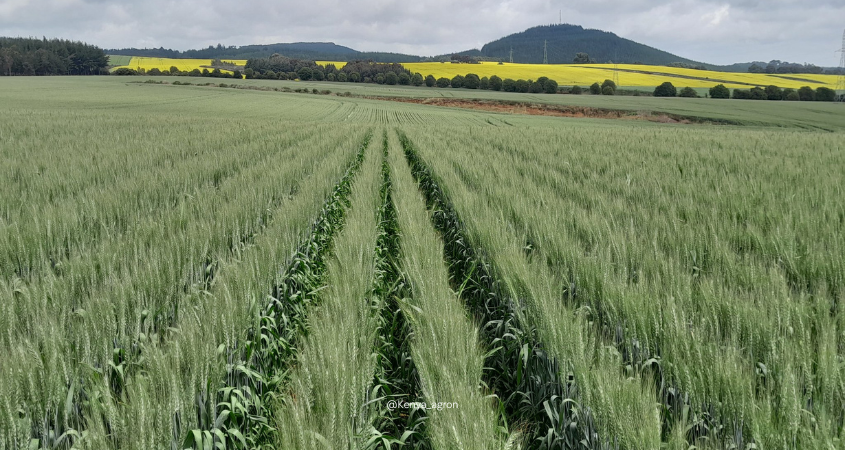
Soil health goes beyond mere nutrient levels; it encapsulates the holistic well-being of our soil. It is the sum of its physical, chemical, and biological components working synergistically to create a fertile ground for plant growth. At the heart of this concept lies the profound realization that healthy soils are not just the foundation of […]
Read More
Sustainable soil nutrient management is at the core of environmentally conscious and economically viable agriculture. It involves practices that optimize nutrient use efficiency, minimize environmental impact, and promote long-term soil health. Here are key sustainable practices for managing soil nutrients Organic Matter Addition Increasing soil organic matter content is a foundational practice for sustainable nutrient […]
Read More
Effective nutrient management is crucial for optimising crop growth and achieving high yields. It involves understanding the nutrient requirements of crops, maintaining soil nutrient balance, and employing sustainable practices to enhance nutrient availability. Here are some key insights into nutrient management: 1️⃣ Soil Testing Before embarking on nutrient management, soil testing is essential. This process […]
Read More
Effective fertilizer application is a critical aspect of soil and crop management. Understanding different techniques for applying fertilizers can significantly impact nutrient distribution, crop growth, and environmental sustainability. Here are key points to consider when discussing fertilizer application techniques: Broadcasting: Broadcasting involves uniformly spreading dry or granular fertilizers across the entire field’s surface. This technique […]
Read More
The biological, chemical, and physical aspects of soil health are fundamental to modern agriculture, collectively forming the foundation for efficient and sustainable crop production. Today, let’s dive into the biological aspects of soil health and their vital contributions to agricultural sustainability: 1️⃣ Soil Microorganisms A healthy soil ecosystem teems with diverse microorganisms, including bacteria, fungi, […]
Read More
The physical, chemical, and biological aspects of soil health are fundamental to efficient modern agriculture, as they collectively form the foundation of a thriving and productive ecosystem. Today, let’s delve into the chemical aspects of soil health, which directly impact the availability and uptake of essential elements vital for plant health and productivity: 1️⃣ Soil […]
Read More
Physical aspects of soil health create a soil environment where plants roots flourish, water is conserved and erosion is minimised. The soil’s physical properties include: 1️⃣ Soil Texture Soil texture, defined by the proportions of sand, silt, and clay, significantly impacts water retention, drainage, and nutrient availability. Assessing soil texture provides crucial insights into the […]
Read More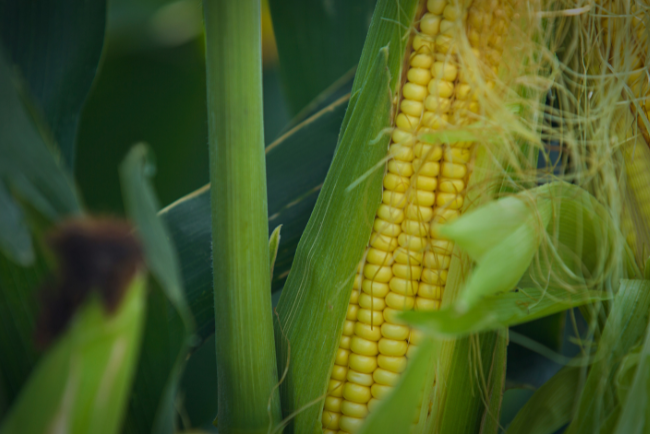
Maize is a resource-intensive crop. Fertilizers and other inputs are costly. A data-driven crop nutrition program, based on targeted soil and leaf sampling, prevents the over-application of nutrients when they aren’t needed, reducing costs and environmental impact. Understanding the maize growth stages allows for the efficient application of these inputs. Why Focus on Maize Crop […]
Read More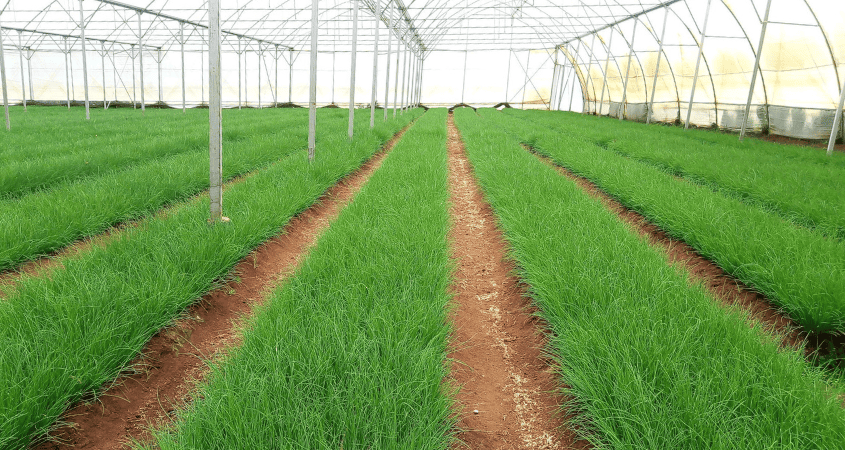
Soil pH is a critical factor that influences the availability of nutrients to plants. Understanding the relationship between soil pH and nutrient availability is essential for effective fertilisation. Here are the key points to consider when assessing soil pH and its impact on nutrient availability: 1️⃣ Soil pH Defined SSoil pH measures the soil’s acidity […]
Read More
When creating a comprehensive soil testing, leaf testing, and fertilizer program for wheat, it’s essential to consider the following crucial growth stages of the crop: 1️⃣ Pre-Planting Stage: Begin with a thorough soil test before planting wheat to assess the soil’s nutrient levels, organic matter levels, and pH. This stage helps identify any nutrient deficiencies […]
Read More
When growing soybeans, it’s crucial to tailor your fertilizer program to meet the crop’s changing nutrient needs throughout its growth stages. Let’s dive into the six crucial growth stages and how to optimize your soybean fertilization strategy for each: 1️⃣ Pre-Planting Stage: Set the stage for success by starting with a soil test before planting […]
Read More
Phosphorus (P) is a crucial nutrient for plant growth and is essential for many biological processes. Effective phosphorus management is critical for cultivating healthy, high-yield crops. Here’s an overview of key aspects related to phosphorus management: Phosphorus Sources Phosphorus can be sourced from various fertilisers, such as single superphosphate (SSP), triple superphosphate (TSP), and diammonium […]
Read More
Nitrogen (N) is a vital nutrient for plant growth, and effective nitrogen management is essential for achieving healthy, high-yield crops. Here’s an overview of key aspects related to nitrogen management: 1️⃣ Sources of Nitrogen Nitrogen can be sourced from synthetic fertilisers, including ammonium nitrate, urea, and ammonium sulphate. Organic matter in the soil, such as […]
Read More